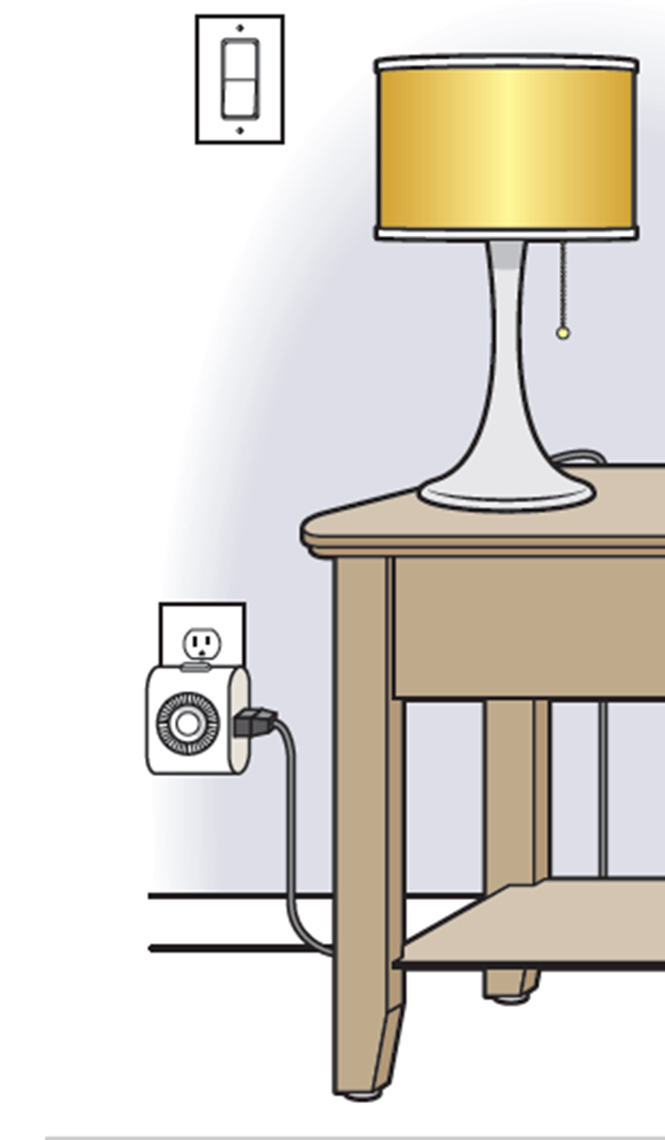Play all audios:
Facebook Twitter Learn About Light Bulbs
Choosing the right light bulbs can make a home safer and a space more useful and enjoyable. These are the most common types for homes:
IncandescentFluorescentCompact fluorescent lamps(CFL)HalogenLight-emitting diode (LED) Illustration by Colin Hayes
Fluorescent, halogen and traditional incandescent light bulbs range in energy efficiency from highest to lowest in that order. CFL and LED bulbs are energy efficient and super long-lasting —
up to 20 years. Using them reduces the need to climb a ladder to replace burned-out, hard-to-reach bulbs.
A few more things to keep in mind:
Viewing a light bulb demonstration display at a hardware or home improvement store is a good way to choose what “color” bulb to use. For instance, warmwhite or soft white light bulbs provide a less harsh light than cool white or daylight white bulbs, which emit a brighter, bluer tone.Frosted bulbs result in less glare than clear
bulbs.Using a bulb wattage higher than the rating indicated on the light fixture is a safety hazard.While dimmer switches and timers will work for any properly rated halogen or incandescent
bulb, the same isn’t true for all fluorescent, CFL or LED bulbs. Read the light bulb packaging to ensure compatibility. Learn About Lamps and LightingThe ideal height for light switches is
36 to 44 inches from the floor.Since it’s tough to turn lights on and off when one’s hands are full, or impaired by arthritis or an injury, a rocker-style “push” switch (shown) is a more
practical option than the small toggle on a traditional up-and-down flip switch. A rocker switch can be turned on or off by leaning against it, nudging it with an elbow or pressing it with
whatever is being carried.Electrical outlets are best placed 18 to 24 inches above the floor unless needed at another height for a specific reason, such as to power kitchen appliances or
electronics in a home office, or to better serve a mobility or accessibility need.Connecting table lamps or other plug-in lighting fixtures to an automatic timer (pictured) will ensure that
lights are turned on and off at set times so no one has to walk into a dark room — and the home won’t look unoccupied even if it is.Touch control or pull-chain lamps and on-off “clapper”
devices are helpful for people who have trouble turning small knobs.Dimmer switches allow a user to adjust a fixture’s lighting level as needed. They’re sold as hardwired wall switches as
well as corded options that work with lamps and other plug-in lights.
Adapted from the Living Room section of the AARP HomeFit Guide
AARP HomeFit VideosTake a "Room-by-Room Tour" of the AARP HomeFit Guide AARP HomeFit GuideLearn how to download or orderthe AARP HomeFit Guide and worksheets
More from AARP.org/Livable
Use the dropdown to choose a livability topic.
Select a Subject Select a Subject AARP.org/Livable Home Page AARP Age-Friendly Network AARP Community Challenge AARP Livable Communities Newsletter AARP Livable Map Bicycling Community
Engagement Community Health and Wellness Community Resilience Community Diversity Economic Development High-Speed Internet Access Housing Inspiring Examples Livable Lessons Local Solutions
Placemaking Public Places and Outdoor Spaces Rural Livability Social Participation Surveys and Statistics Transportation Walkability Workshops and Conferences Zoning and Land Use

